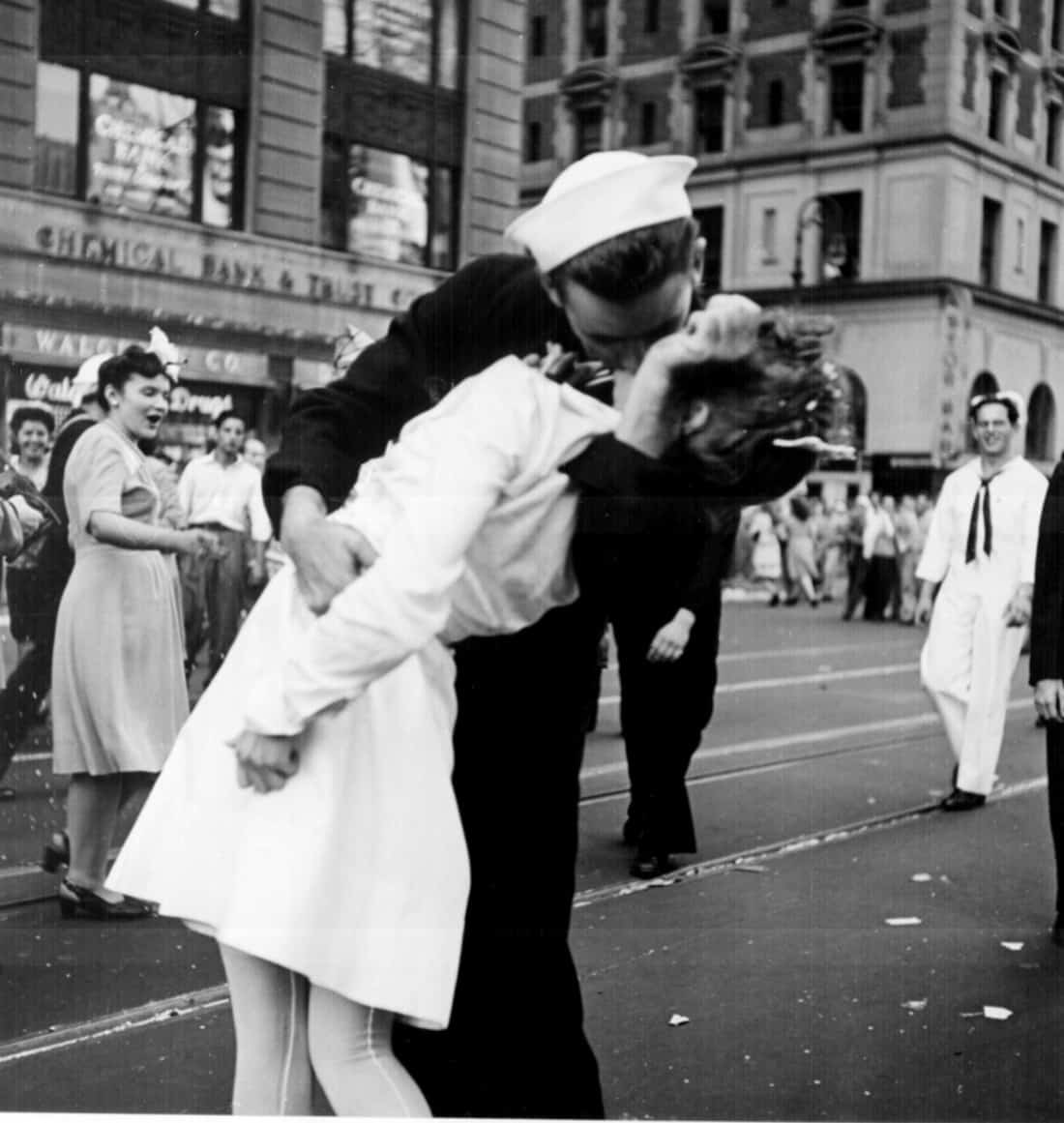Facts About Framing Streets Uncovered
The Greatest Guide To Framing Streets
Table of ContentsFascination About Framing StreetsEverything about Framing StreetsOur Framing Streets IdeasThe Facts About Framing Streets Uncovered10 Simple Techniques For Framing StreetsIndicators on Framing Streets You Should Know
Digital photography style "Crufts Pet Program 1968" by Tony Ray-Jones Road digital photography (likewise often called candid photography) is photography conducted for art or query that features unmediated opportunity experiences and arbitrary incidents within public locations, usually with the aim of recording pictures at a decisive or touching moment by mindful framing and timing. 
What Does Framing Streets Mean?
Susan Sontag, 1977 Street digital photography can focus on people and their actions in public. In this respect, the street photographer resembles social documentary professional photographers or photojournalists that additionally operate in public locations, but with the goal of recording relevant events. Any one of these photographers' pictures may catch people and home noticeable within or from public places, which typically entails browsing ethical issues and laws of personal privacy, protection, and residential property.
Representations of daily public life form a genre in almost every duration of globe art, starting in the pre-historic, Sumerian, Egyptian and early Buddhist art periods. Art managing the life of the road, whether within views of cityscapes, or as the dominant motif, appears in the West in the canon of the North Renaissance, Baroque, Rococo, of Romanticism, Realistic look, Impressionism and Post-Impressionism.
The Basic Principles Of Framing Streets
Louis Daguerre: "Boulevard du Holy place" (1838 or 1839) In 1838 or 1839 the very first photograph of numbers in the street was recorded by Louis-Jacques-Mand Daguerre in one of a set of daguerreotype views extracted from his studio home window of the Boulevard du Holy place in Paris. The 2nd, made at the height of the day, shows an uninhabited stretch of road, while the various other was taken at regarding 8:00 am, and as Beaumont Newhall records, "The Boulevard, so regularly loaded with a relocating throng of pedestrians and carriages was flawlessly solitary, other than a person who was having his boots cleaned.
, that was inspired to carry out a similar paperwork of New York City. As the city developed, Atget aided to promote Parisian streets as a deserving topic for digital photography.

What Does Framing Streets Mean?
Martin is the initial taped professional photographer to do so in London with a disguised electronic camera. Mass-Observation was a social research organisation established in 1937 which aimed to tape-record everyday life in Britain and to videotape the responses of the 'man-in-the-street' to King Edward VIII's abdication in 1936 to marry divorce Wallis Simpson, and the succession of George VI. In between 1946 and 1957 Le Groupe des XV yearly exhibited work of this kind. Andre Kertesz. Circus, Budapest, 19 May 1920 Road photography formed the significant content of two exhibitions at the Gallery of Modern Art (Mo, MA) in New york city curated by Edward Steichen, 5 French next Digital Photographers: Brassai; Cartier-Bresson, Doisneau, Ronis, Izis in 1951 to 1952, and Post-war European Digital Photography in 1953, which exported the principle of street photography worldwide.

About Framing Streets
The recording maker was 'a hidden camera', a 35 mm Contax concealed beneath his coat, that was 'strapped to the chest and attached to a long cable strung down the best sleeve'. His job had little modern influence as due to Evans' sensitivities regarding the originality of his task and the privacy of his topics, it was not published till 1966, in the book Many Are Called, with an intro composed by James Agee in 1940.
Helen Levitt, after that an instructor of young youngsters, connected with Evans in 193839. She documented the transitory chalk illustrations - 50mm street photography that were component of youngsters's street culture in New york city at the time, in addition to the kids who made them. In July 1939, Mo, MA's brand-new digital photography section consisted of Levitt's job in its inaugural eventRobert Frank's 1958 publication,, was substantial; raw and commonly indistinct, Frank's photos questioned traditional digital photography of the moment, "challenged all the formal regulations put down by Henri Cartier-Bresson and Pedestrian Evans" and "contradicted the wholesome pictorialism and genuine photojournalism of American publications like LIFE and Time".